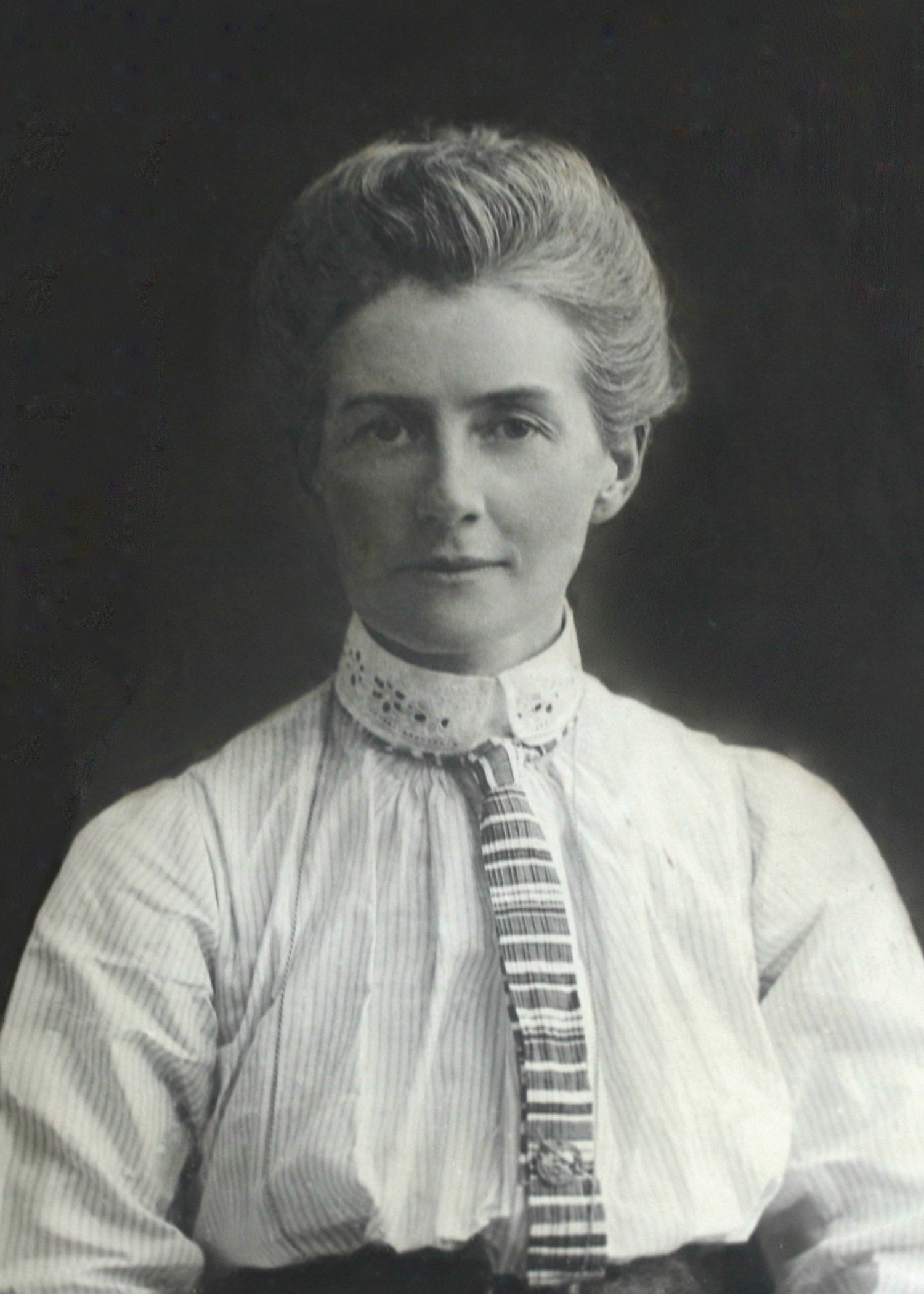With only one block left after this one, we wanted to take a minute to thank you for your participation in "Women of Faith and Courage. We have recognized women who have exhibited faith and courage in their lives as they have served and cared for others and been wonderful examples for us all. We realize the ones we chose to highlight are just a few of the many we could have. As you have worked on the blocks, we hope you have considered some of the characteristics of these individuals that have made them such examples.
Block 12 - Emma Hale Smith
As a child, Emma developed a deep sense of religious conviction and devotion to God. Methodism became popular in the Susquehanna region in the early 1800s, and Emma began attending with her mother at the age of seven. A family tradition suggests that Isaac Hale overheard his young daughter Emma praying for him in the woods near their home and that this contributed to his spiritual conversion. Emma most likely attended the female seminary in Great Bend Township, and she later taught school.
Emma was 21 years old when she met 19-year-old Joseph Smith at the end of October 1825. Joseph had come southwest from New York seeking employment in the Susquehanna Valley. His lack of education and resources contrasted with Emma’s respectable situation, but she was immediately impressed with his character and morals. They courted for several months while Joseph worked to improve his financial situation. Isaac and Elizabeth Hale were opposed to the relationship, disapproving of Joseph’s religious pursuits and his work for Josiah Stowell, who had hired Joseph to help him dig for purported lost Spanish silver in the area. Emma and Joseph eloped on January 18, 1827, in South Bainbridge, New York, and then went to live with the Smith family. They returned to Pennsylvania in December 1827 to live near her family and work on the translation of the Book of Mormon.
Emma delivered a baby son who died soon after birth on June 15, 1828, when she nearly died herself. In September 1830, she and Joseph moved to Fayette, New York, to live with the Whitmer family. Emma left the Susquehanna Valley and the Hale family for the last time, never to see her parents and many other relatives again. She would eventually bear nine children and adopt two others, four of whom died at birth or shortly after, and two who died as toddlers.
Emma was baptized into the Church of Christ by Oliver Cowdery in Colesville, New York, on June 28, 1830, shortly after the Church was organized. An unruly crowd gathered, delaying Emma’s confirmation, and Joseph was arrested and imprisoned on charges of disorderly conduct. When Joseph returned to Harmony, he received a revelation for Emma, now known as Doctrine and Covenants 25, calling her “an elect lady” and encouraging her to comfort and support Joseph in his afflictions. She was also charged to act as a scribe to Joseph, to expound the scriptures, to exhort the Church, and to coordinate the publication of sacred music in a hymnbook.
Emma had already assisted Joseph as a scribe during the early stages of the Book of Mormon translation. She soon began selecting the hymns to be sung in church meetings, working with W. W. Phelps to print some of them in 1832 in Church newspapers at a time when male clergy typically assumed responsibility for hymn selection. The first Latter-day Saint hymnbook was printed in Kirtland in 1835 under Emma Smith’s name.
Emma served the needy: in Kirtland, she and Elizabeth Ann Whitney coordinated feasts for the poor, and in Nauvoo, she opened her home to the sick, orphaned, and homeless. As the “elect lady,” she presided over the Female Relief Society of Nauvoo from its founding in 1842 until 1844, providing relief to new immigrants and destitute families. Her service in the Relief Society, however, achieved much more than benevolent work. As president, Emma taught the women doctrine, managed membership, and publicly defended principles of moral purity. Emma was the first woman to receive temple ordinances; she then initiated other women in these sacred rituals. As the first lady of Nauvoo, she hosted diplomats in her home, made public appearances with Joseph at civic and community events, and presented political petitions in support of the Church and her husband.
Despite the difficulties of poverty, displacement, and persecution, Emma and Joseph maintained a deep love for and bond with each other. Their marriage faced unusual challenges due to the hardships of founding and leading the Church. Together they weathered the financial collapse and threats against Joseph’s life in Kirtland, Ohio; the persecution of Church members in Missouri; and the separation imposed by Joseph’s imprisonment in Liberty Jail. Their correspondence reveals not only their difficult circumstances but their commitment to each other. “My heart is entwined around yours forever and ever,” Joseph wrote to Emma in 1838.3 Emma wrote to him in Liberty Jail in 1839: “I still live and am yet willing to suffer more if it is the will of kind Heaven, that I should for your sake.”
For this block you will need:


.jpg)







.jpg)

















